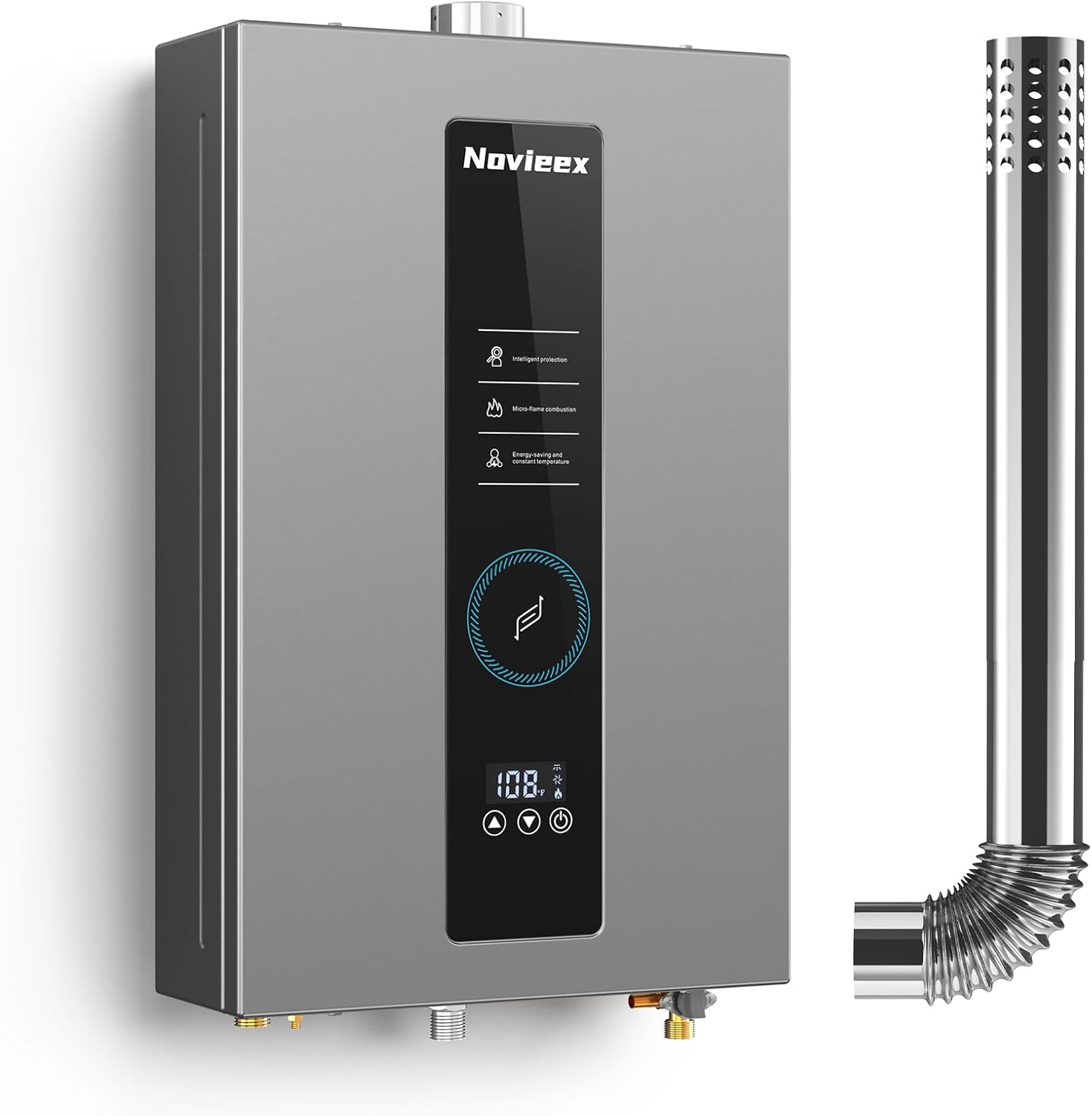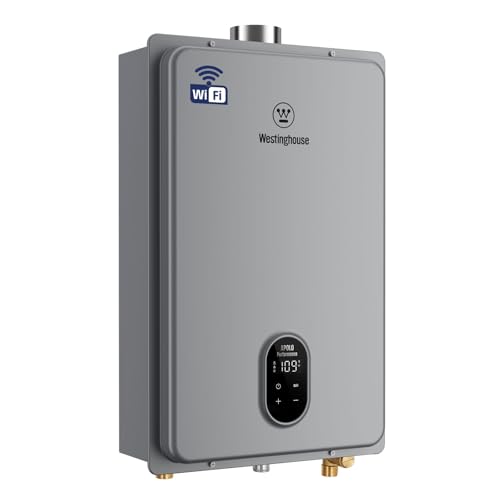You might think propane water heaters belong in the era of clunky dials and guesswork, but today’s models are smarter than your average smart home gadget. For homeowners tired of juggling showers and laundry without enough hot water, the Westinghouse Tankless Water Heater Propane Indoor model steps in as a game-changer. Let’s dive into why this isn’t just another appliance—it’s your home’s new efficiency partner.
Why On-Demand Efficiency Isn’t Just a Buzzword
Here’s what I mean: Traditional water heaters run constantly, wasting energy like a leaky faucet. The Westinghouse unit, with its 120,000 BTU output and 5.1 GPM flow, only kicks in when you need it. In one project, a family of four cut their energy waste by 25% within three months of installation. And yes, I learned this the hard way early in my career—oversizing a heater can backfire, leading to unnecessary costs.
Managing a WiFi-enabled water heater is like having a sous-chef in your kitchen—it anticipates your needs, adjusts on the fly, and never lets things boil over. I’ve seen clients go from frustrated to fanatical about their home’s hot water consistency.
The Nitty-Gritty of Smart Temperature Control
With the Westinghouse model, you’re not just setting a temperature; you’re fine-tuning comfort. The advanced water flow servo keeps things within ±1°F, so no more surprise cold blasts during a shower. Use the smartphone app or LED panel—it’s as intuitive as adjusting your thermostat. In my experience, tools like digital multimeters during setup ensure precision, avoiding the common pitfall of “close enough” installations.
- Real-time adjustments: Change settings from your couch or while traveling.
- Error code clarity: The LED display spells out issues, saving you a service call.
- Energy tracking: Monitor usage patterns to spot waste—like that extra-long shower habit.
Power and Performance: Busting the Bigger-Is-Better Myth
Many assume a higher BTU rating means endless hot water, but efficiency trumps raw power every time. This unit delivers for 2–4 fixtures simultaneously, thanks to its self-modulating technology. I recall a commercial client who upgraded and saw a 15% drop in operational costs—proof that smart design beats brute force.
| Feature | Specification |
|---|---|
| Max BTU | 120,000 |
| Flow Rate | Up to 5.1 GPM |
| WiFi Control | Yes, via app |
The result? Consistent performance without the energy spike. Ever wondered why some heaters feel like they’re gasping for air? It’s often poor modulation—a non-issue here.
A Tale of Transformation: From Freeze-Ups to Flawless Flow
Let me share a quick story. Last winter, a homeowner in a chilly region faced repeated freeze-ups with their old unit. After switching to the Westinghouse model with its built-in freeze protection, they enjoyed uninterrupted hot water even at -10°F. The key? Proper draining during non-use, as recommended. It’s a small step that prevents big headaches.
Safety and Simplicity in Installation
CSA-certified and backed by a solid warranty (2 years full unit, 5 years heat exchange), this heater is built for peace of mind. The variable-speed fan adjusts quietly—no jarring noises, just a subtle hum. For installation, stick with professional help; the 3/4″ NPT connections make it straightforward, but skipping expert input risks leaks or inefficiencies. (Trust me, I’ve seen DIY attempts go south.)
Here’s a contrarian point: You don’t need a massive unit for a small home. Oversizing can lead to short-cycling, reducing lifespan. Instead, focus on flow rate and modulation.
What’s Next? Your Action Plan for Smarter Hot Water
Start by assessing your household’s peak usage—how many showers run at once? Check your plumbing compatibility; the gray, compact design fits most spaces. Consult a pro for installation, and explore resources like the U.S. Department of Energy’s guide to efficient water heating for broader insights. Ready to ditch the guesswork? Your home—and wallet—will thank you.
https://youtu.be/FzbtXh0qRLg


